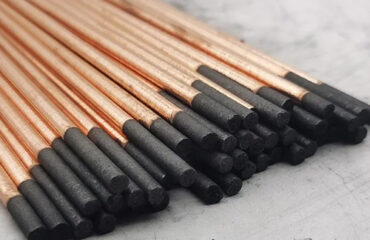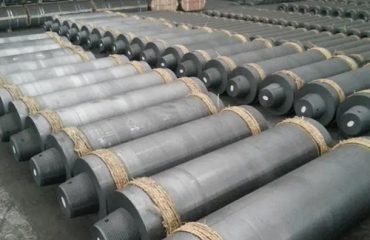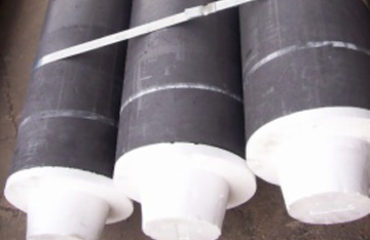The main indicators of the quality and performance of graphite electrodes include: bulk density db, resistivity ρ, flexural strength, elastic modulus E, thermal expansion coefficient α and ash content A%. According to the differences between these indicators and different national standards and manufacturing processes, graphite electrodes are divided into three types: ordinary power graphite electrodes (RP), high power graphite electrodes (HP), and ultra-high power graphite electrodes (UHP). On the basis of national standards, each company has its own corporate standards, and customers will make their own quality standards when ordering. The relative volume density is the ratio of the quality management of the graphite electrode material sample to its volume. The unit is g/cm3. The larger the volume density is, the denser the working electrode is, which is positively related to the strength and the performance of the anti-oxidation system. Generally speaking, the greater the effect of the same variety of electrode volume density, the lower the resistivity.
Resistivity is a parameter that measures the conductivity of an electrode. It refers to the resistance of the conductor to the current when the current passes through the conductor. In value, it is equal to the resistance of the conductor with a length of 1m and a cross-sectional area of 1m2 at a certain temperature, which reduces consumption in use.
Flexural strength is a parameter that characterizes the performance of the mechanical system of graphite structural materials. It is also called flexural strength. It means that when the external force is perpendicular to the axis of the object, the object bends to the momentary limit after being subjected to external force, which can resist the risk. The unit is MPa. High-strength electrodes and joints are less likely to be broken in the use of the network.
Elastic modulus is an important aspect of mechanical properties, an index to measure the elastic deformation capacity of materials, and refers to the stress-strain ratio within the elastic deformation range. The larger the elastic modulus, and the greater the required stress to deform elastically, it is simply, the greater the elastic modulus of brittle materials, the smaller the elastic modulus of flexible materials.
The thermal expansion coefficient of graphite as an electrode is a very important thermal performance parameter. The lower the value, the stronger the thermal stability of Chinese products and the higher the oxidation resistance, which can reflect the less fracture and lower consumption.
Ash refers to other elements in solid products other than carbon graphite. Graphite is used as ash in the electrode and is mainly affected by the ash content of the raw materials used. The ash content of petroleum coke needle coke is low, so the ash content of graphite passing through the electrode generally does not exceed 0.5%, and the ash content within 1% has no effect on steelmaking. Obviously, the impurity elements in the ash will reduce the anti-oxidation system performance of the working electrode and so on.



